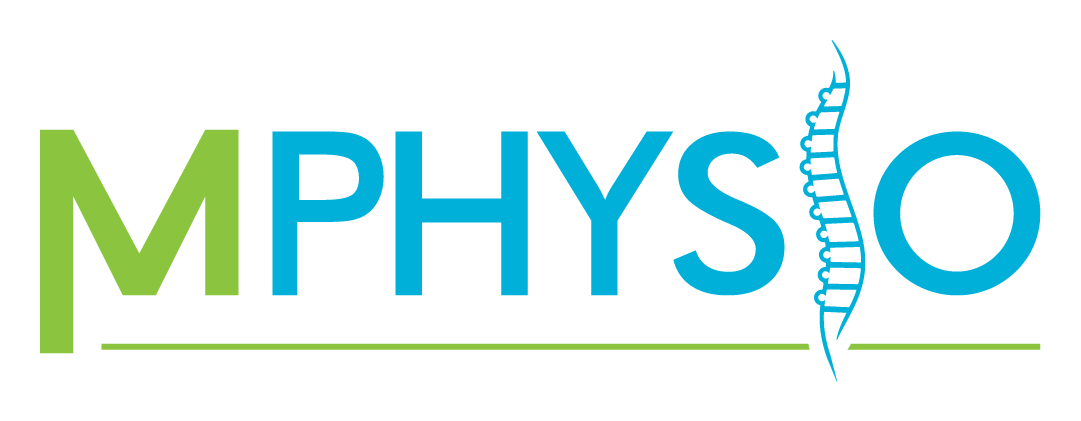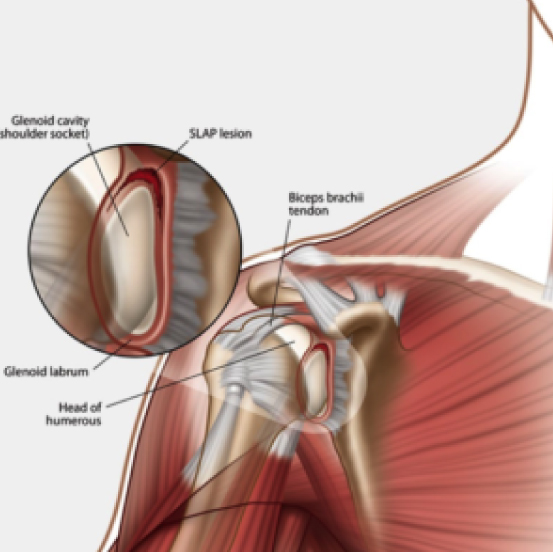
Shoulder Labral Tear
The labrum is a ring-shaped piece of cartilage that fits around the border of the glenoid cavity (socket joint).
Its purpose is to add depth and to create a ‘negative pressure seal’ in the shoulder to help increase its stability. As the shoulder is designed to provide a huge amount of movement, the labrum becomes one of the few stabilising structures it has. When the labrum gets injured or torn, it can cause pain or shoulder instability.
Shoulder Partial (subluxation) or Full Dislocation
The shoulder joint is designed for mobility, at the sacrifice of stability. This means that in certain situations, there is a higher risk of a joint dislocation, or partial dislocations, in the shoulder.
This is when the humerus (upper arm) and the glenoid (socket joint on the scapula) become separated and stretch or tear the ligaments holding them together. This will most often occur due to trauma or in sporting injuries, however it is possible for people to develop atraumatic instabilities, or even to be born with more laxity in their joints.
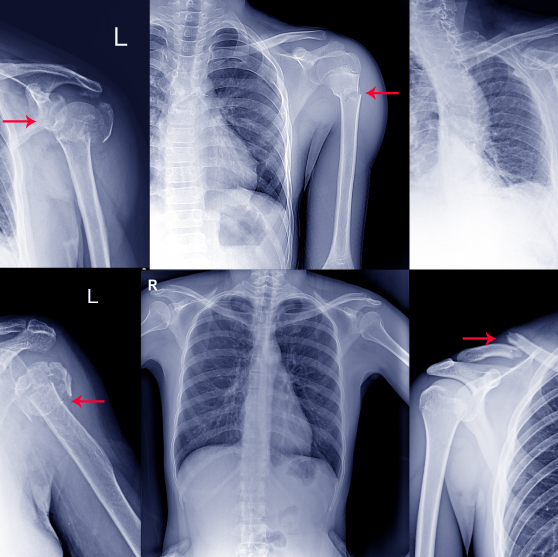

Shoulder Impingement Syndrome
The ‘subacromial space’ is the area located between the top of the gleno-humeral joint and the acromio-clavicular joint above it.
In this space the superior rotator cuff tendons and the subacromial bursa sit. For various reasons, these structures can become impinged. This can either be because of bony abnormalities to the acromion process, thickening of the tendons and bursae, or because of biomechanical changes to the subacromial space.
Shoulder Bursitis
A bursa is a small, fluid filled sac that’s main purpose is to take up space and reduce friction between different structures in the body.
There are many different bursae in the body, however there are 5 main bursae in the shoulder. When these bursae become inflamed, they produce painful chemicals and occupy more space in the shoulder.
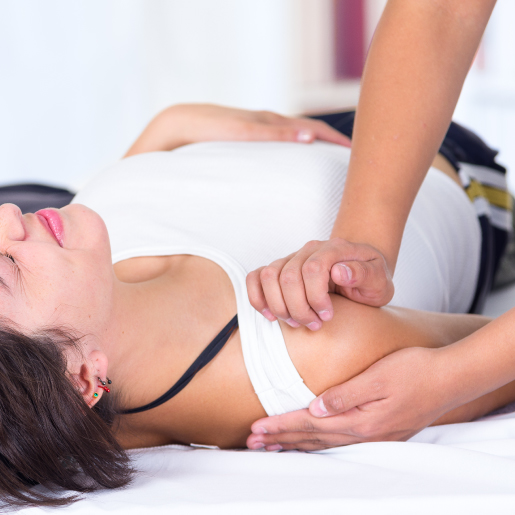
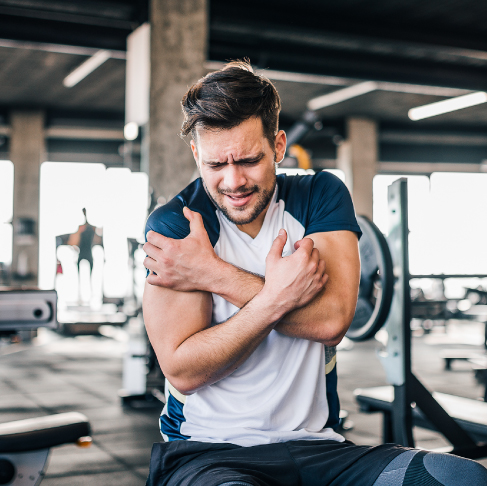
Shoulder Fracture
The shoulder joint is made up of the humerus (upper arm), scapula (shoulder blade) and the clavicle (the collar bone). Shoulder fractures occur when there is a break or fracture at any part of these bones.
The type of fracture often depends on your stage of life and the type of activities you do. The severity of the fracture will determine its management, and any specific treatment it might require.
Rotator Cuff Impairment
The rotator cuff is a group of four shoulder muscles that attach from your scapula (shoulder blade) to your upper arm bone (humerus).
Their main role is to keep the ‘ball’ of the humerus, in the middle of the ‘socket’ on the scapula. These muscles will also help to move the shoulder joint. Rotator cuff injuries can cause these muscles to get irritated, strain or torn. This can be a source of pain and dysfunction at the shoulder joint.
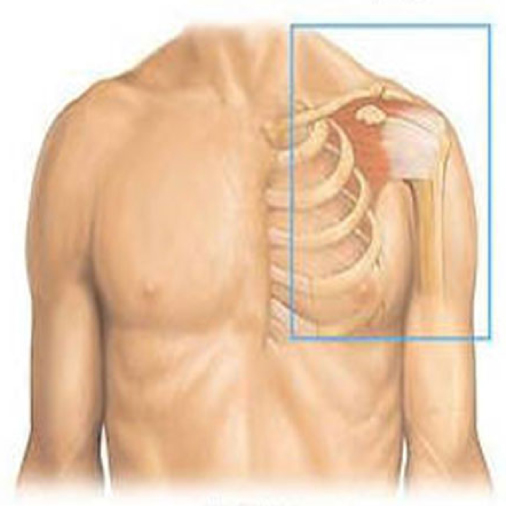
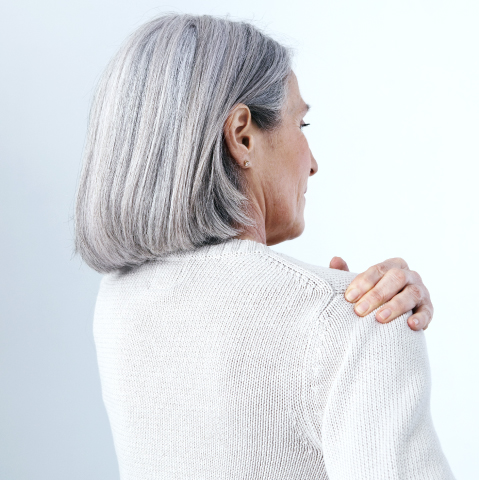
Frozen Shoulder
Adhesive capsulitis (frozen shoulder) is a prevalent cause of shoulder pain and stiffness. Patients normally experience a gradual onset of stiffness, to the point where they have considerably restricted range of movement.
The cause of true frozen shoulder is unknown, but it appears to be due to inflammation and contracture of the joint capsule.
Frozen shoulder typically happens in different stages, and the symptoms will change throughout each stage. True frozen shoulder is most prevalent in people aged 40-60, and is much more common in women than men.
Physio For Shoulder Pain - FAQ
Will my Shoulder Pain go away?
In most cases, yes. While there are some specific causes of chronic shoulder pain that may require a referral or further investigation in order to improve, a large majority of shoulder pain will recover with a targeted and specific treatment plan provided by your physiotherapist. In these cases, the strength and loading capacity of tissues in your shoulder, your mobility, posture and regular activities are generally the cause. Addressing all these contributing factors will be the best way to provide shoulder pain relief.
Can physiotherapy treatment help with rotator cuff tears?
Yes, physiotherapy can be instrumental in treating rotator cuff tears. Through targeted strengthening exercises, manual therapy, and tailored rehabilitation programs, physiotherapists can help improve range of motion, strength of rotator cuff muscles, and function in the shoulder to avoid further injury. Ultimately these efforts aid in the recovery process and potentially help you to avoid shoulder surgery.
Is my shoulder pain serious?
In very rare cases, your shoulder pain may be caused by a medical condition or by a structural abnormality. In these cases, your physiotherapist will identify the abnormal symptoms and organise a referral for more in-depth investigation. Shoulder pain that is brought on by significant trauma, like a car accident or shoulder injuries from sport, may require further investigation also. However, a vast majority of shoulder conditions will respond in a timely manner with the appropriate guidance.
Do I need a scan for my shoulder pain?
Most likely, no. Your physiotherapist will be able to accurately assess your shoulder to provide you with a diagnosis of your shoulder pain. A scan will only be required if your physiotherapist feels that it is needed to rule out more serious medical pathologies or if they suspect that there is more significant structural damage in the shoulder. If you already have scans, that is fine, your physiotherapist will be able to go through your results with you.
